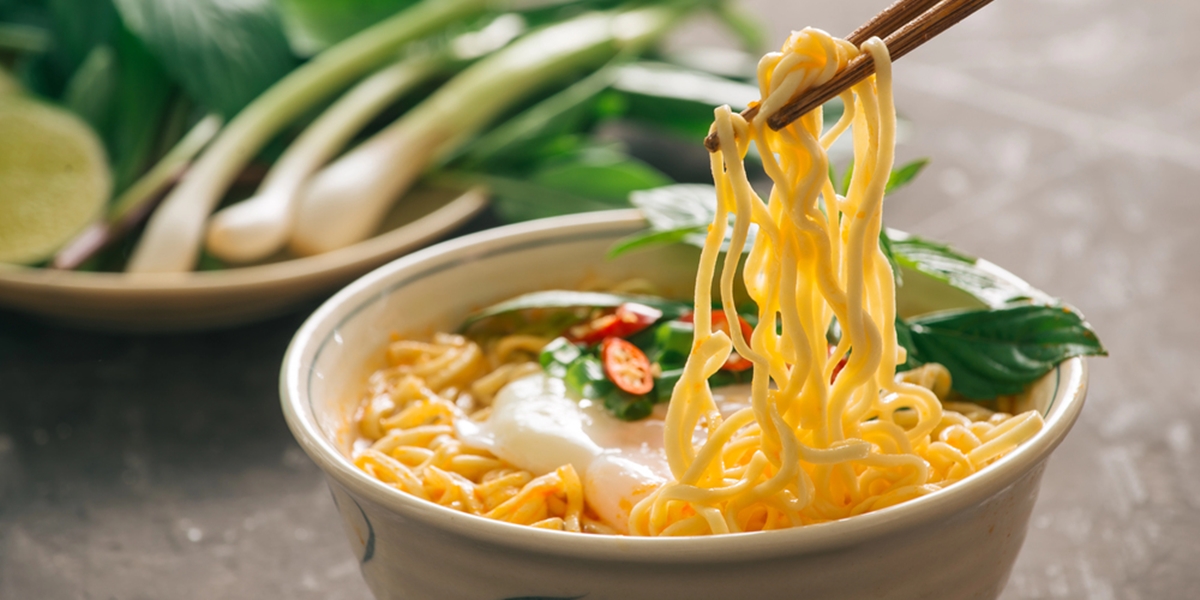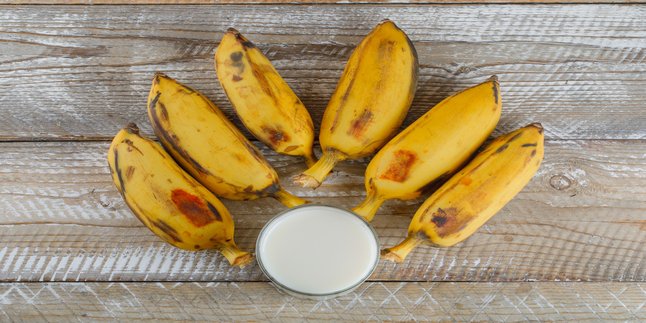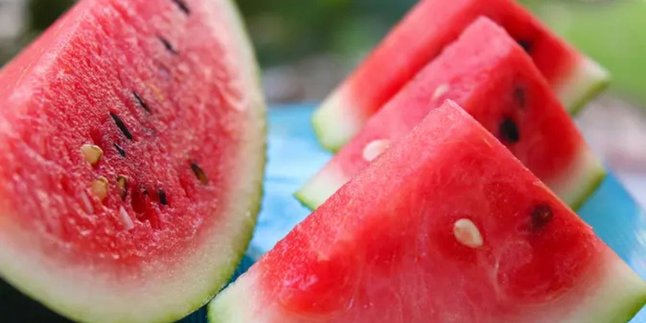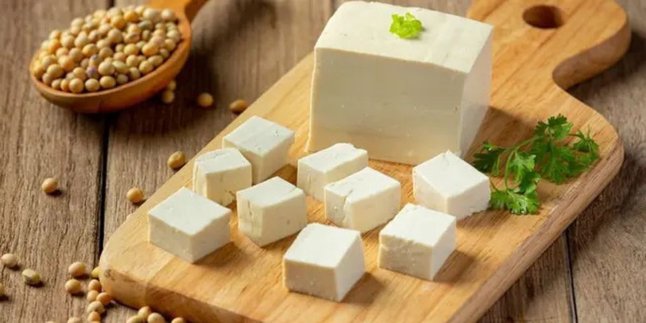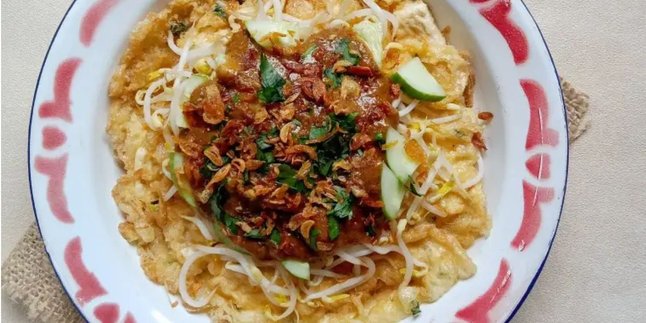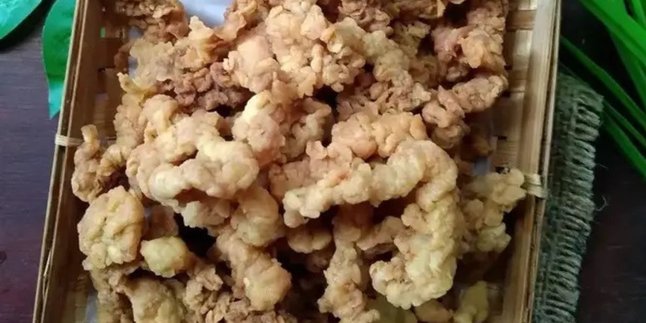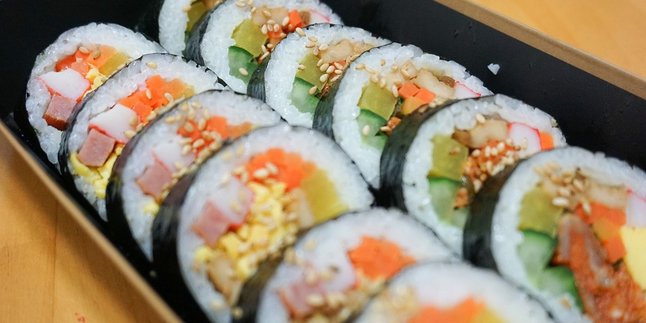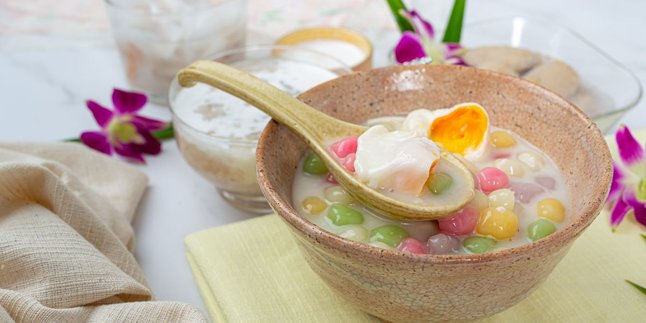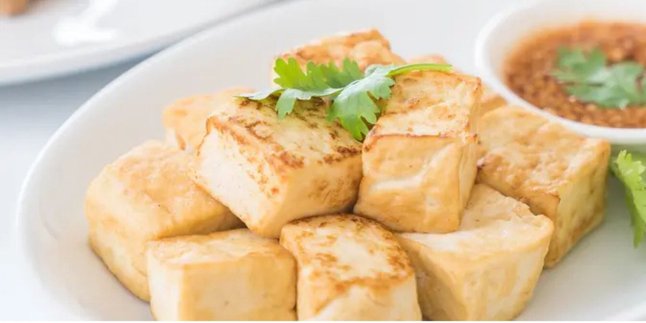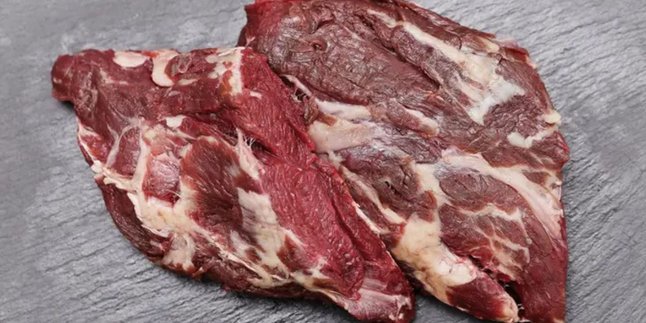Kapanlagi.com - Noodles are one of the most beloved foods by many, thanks to their convenience and appetizing flavor. However, we often encounter problems when boiling noodles, such as a texture that is too soft or noodles that clump together.
These issues can be caused by various factors, ranging from insufficient water, incorrect boiling time, to improper techniques. In this interesting article, summarized from Kapanlagi.com on Friday, March 14, 2025, we will discuss ways to achieve noodles with the perfect texture.
Prepare your notes, as some tricks and methods below will help you serve noodles that are not only delicious but also tantalizing! Let’s take a look!
1. Why Does Noodle Become Soft and Clump Together?
Noodles that stick together when boiled are actually caused by the starch content within them.
When noodles come into contact with hot water, this starch will expand and cause the noodles to stick to each other.
Several factors that can make noodles too soft or clump together include using too little boiling water, incorrect water temperature when the noodles are added, overcooking time, insufficient stirring during the boiling process, and leaving the noodles submerged in hot water for too long.
So, to keep the noodles chewy and non-sticky, pay close attention to every step!
2. Traditional Methods Often Used
Many people try to find effective ways to prevent noodles from clumping while boiling, one of which is by adding cooking oil to the boiling water.
However, this method often leads to new problems, such as oily and slippery noodles, seasonings that are difficult to adhere, and broth that becomes oily, even adding calories to the dish.
Some also try rinsing the noodles with cold water after boiling to prevent them from overcooking, but this method actually makes the noodles cold and requires reheating, and can result in inconsistent texture and less absorbed seasoning.
3. The Right Steps to Boil Noodles So They Don't Get Soggy
Want perfect boiled noodles that aren't soggy? Check out these effective tips! First, choose a pot that is large enough so the noodles can move freely.
Use water that is 4-5 times the volume of the noodles you are going to cook and make sure the water is boiling before adding the noodles.
Add half a teaspoon of salt for every liter of water; this will make the texture of the noodles even more tempting.
Don't forget to stir occasionally during the boiling process, and remove the noodles as soon as they reach the desired level of doneness. Happy cooking!
4. Make Sure the Water is Boiling Before Adding the Noodles
Before you start your noodle cooking adventure, make sure to choose a large pot that is spacious enough for the noodles to swim freely!
Use water that is 4-5 times the volume of the noodles you are going to cook, and don't forget, wait until the water is perfectly boiling before adding the noodles to it.
To give it a special touch, add 1/2 teaspoon of salt for every liter of water; this salt is not just seasoning, but also the key to achieving a chewy and appetizing noodle texture!
5. Ideal Boiling Time Based on Type of Noodle
The boiling time for noodles can vary depending on the type, so it's important to pay attention to each type to achieve perfect results!
For instant noodles, just boil for 3-5 minutes, while fresh egg noodles only need 3-4 minutes.
If you are using wheat noodles, prepare for 4-5 minutes. Now, to ensure the noodles are cooked just right, don't hesitate to taste a little; the ideal noodle will give a tempting chewy sensation, not mushy!
6. Special Tricks for Boiling Noodles for Soup and Fried
To enjoy the perfect soup noodles, boil the noodles until almost cooked, then immediately transfer them to a bowl of hot broth so the noodles can absorb the deliciousness of the broth well.
Meanwhile, for fried noodles, just boil the noodles for a shorter time than recommended, drain, and rinse with cold water for a moment before stir-frying with seasonings while the noodles are still warm. This way, each bite will delight your taste buds!
7. Common Mistakes When Boiling Noodles That Should Be Avoided
Boiling noodles may seem simple, but there are several common mistakes that are often made that can ruin their flavor!
First, make sure not to use too little boiling water; noodles need space to move!
Additionally, don't forget to stir the noodles during the boiling process to ensure that all parts cook evenly.
Once cooked, immediately remove the noodles and avoid letting them soak in water for too long, as this can diminish their delicious taste.
Lastly, do not drain the noodles for too long before adding seasoning, to keep their flavor and texture perfect. Happy cooking!
8. Additional Tips for Perfectly Textured Noodles
To keep noodles delicious even when cold, store them in a tightly sealed container.
Don't underestimate the storage technique, as this method will prevent the noodles from drying out or clumping together. So, when is the right time to drain the noodles?
As soon as the noodles reach the perfect level of doneness, drain them and they are ready to be used as desired!
(kpl/rao)
Disclaimer: This translation from Bahasa Indonesia to English has been generated by Artificial Intelligence.
